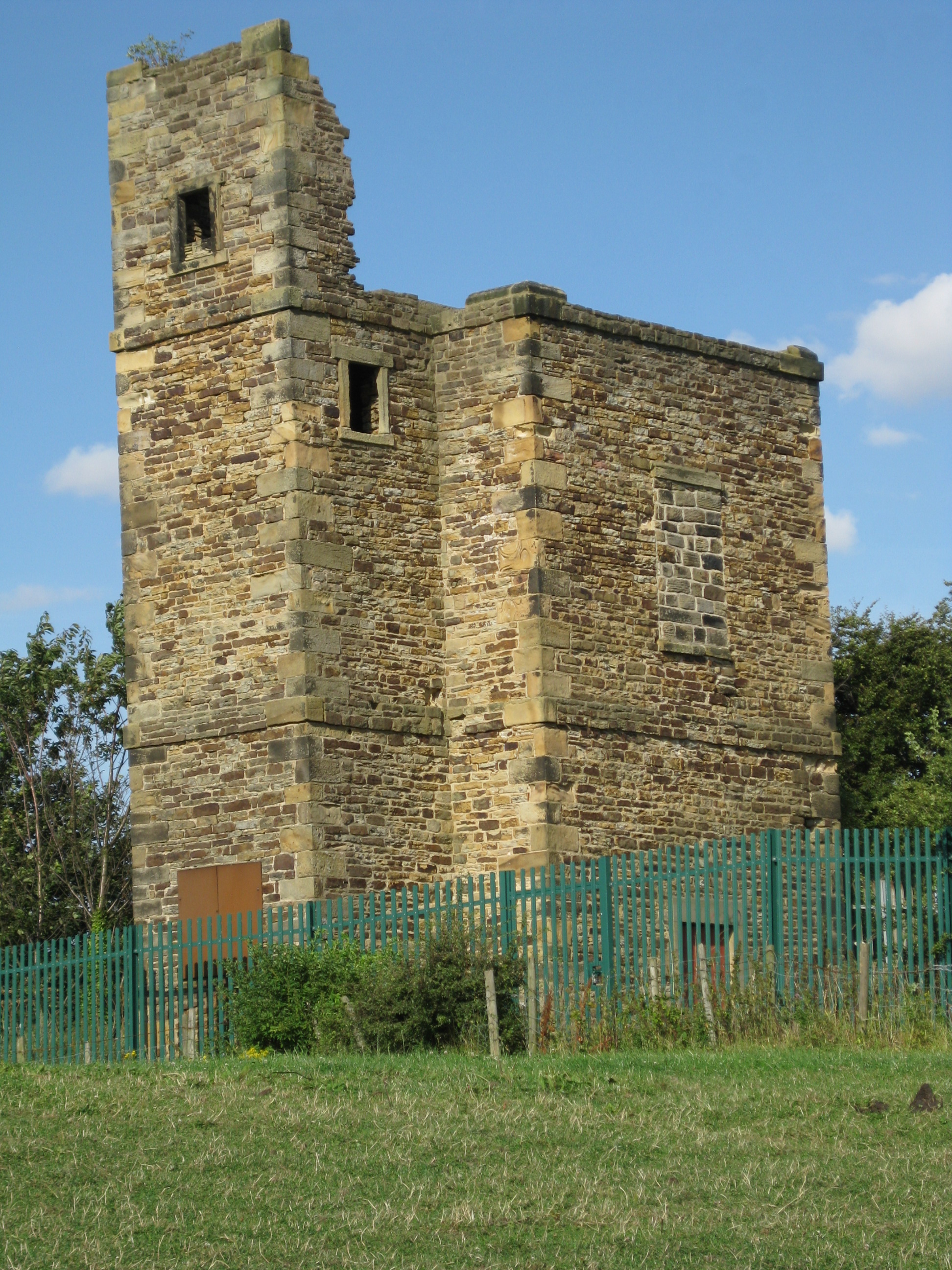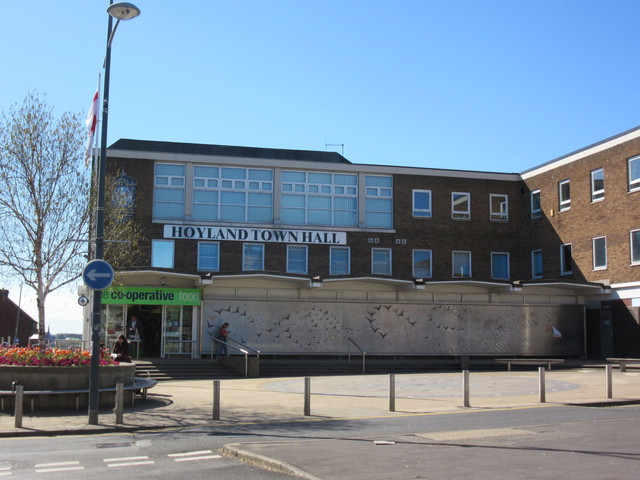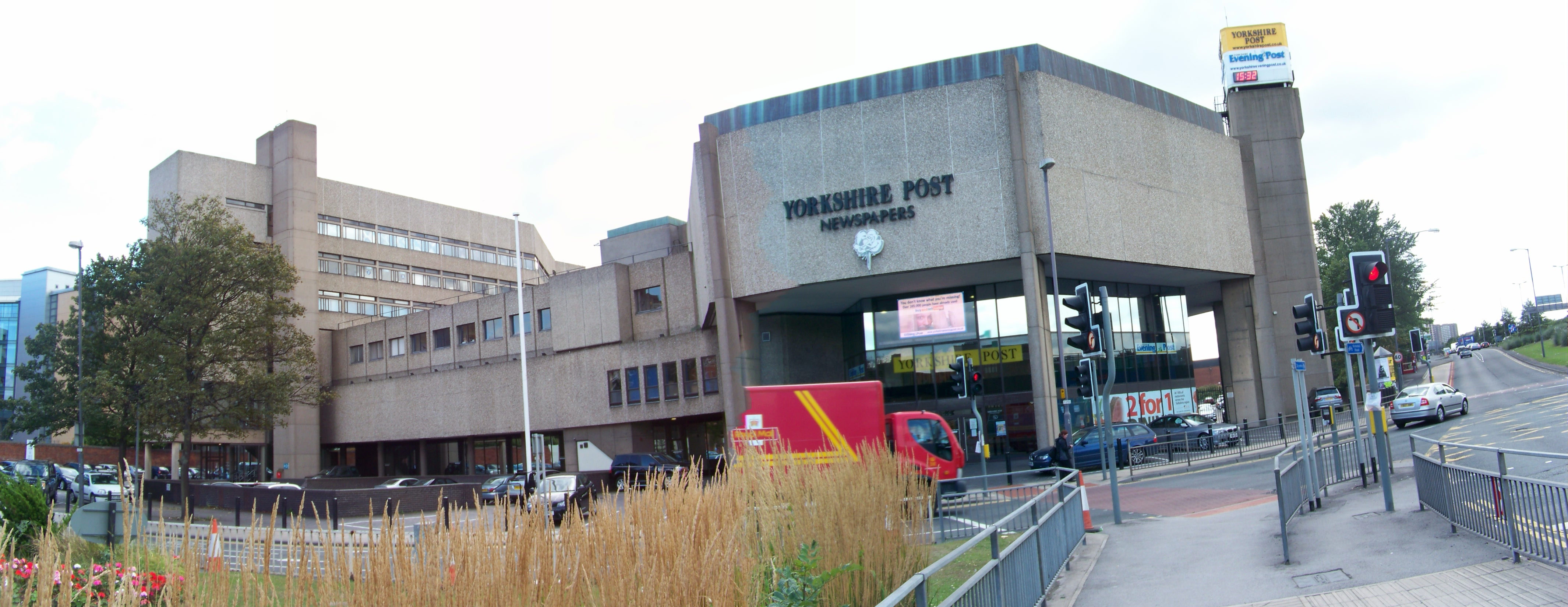|
Lowe Stand
Lowe Stand is an 18th-century folly built for Thomas Watson-Wentworth, 1st Marquess of Rockingham, and likely originally intended as a hunting lodge. It is situated in the South Yorkshire town of Hoyland, southeast of Barnsley. Today the stand is a Grade II listed building In the United Kingdom, a listed building or listed structure is one that has been placed on one of the four statutory lists maintained by Historic England in England, Historic Environment Scotland in Scotland, in Wales, and the Northern Irel ... but is in a fairly advanced state of decay. In 2008 the deeds were handed over from the council to voluntary group, the Friends of Hoyland Lowe Stand (now the Lowe Stand Trust). The council has given permission to restore it according to the plan produced. References External linksThe Lowe Stand Trust* Buildings and structures in the Metropolitan Borough of Barnsley Folly buildings in England Grade II listed buildings in South Yorkshire {{UK-liste ... [...More Info...] [...Related Items...] OR: [Wikipedia] [Google] [Baidu] |
Hoyland Lowe Stand 2014
Hoyland is a town in the Metropolitan Borough of Barnsley in South Yorkshire, England. The town developed from the hamlets of Upper Hoyland, Hoyland and Hoyland Common. The town has also been known as ''Nether Hoyland''. That name was given to it to prevent confusion with High Hoyland. When the urban district council was formed the name they used was ''Hoyland Nether Urban District Council''. This was also applied to the area run by Hoyland UDC. However, most locals have always known it simply as Hoyland. Hoyland is part of the Metropolitan Borough of Barnsley in the metropolitan county of South Yorkshire, but it lies within the historic boundaries of the West Riding of Yorkshire. In 2001 it had a population of 15,497. At the 2011 Census the appropriate ward (Hoyland Milton) had a population of 11,852. Governance Hoyland Nether UDC was formed in 1894. Its jurisdiction covered Elsecar, Hoyland Common, Platts Common and Skiers Hall (until 1938, when boundary changes took p ... [...More Info...] [...Related Items...] OR: [Wikipedia] [Google] [Baidu] |
Folly
In architecture, a folly is a building constructed primarily for decoration, but suggesting through its appearance some other purpose, or of such extravagant appearance that it transcends the range of usual garden buildings. Eighteenth-century English landscape gardening and French landscape gardening often featured mock Roman temples, symbolising classical virtues. Other 18th-century garden follies represented Chinese temples, Egyptian pyramids, ruined medieval castles or abbeys, or Tatar tents, to represent different continents or historical eras. Sometimes they represented rustic villages, mills, and cottages to symbolise rural virtues. Many follies, particularly during times of famine, such as the Great Famine (Ireland), Great Famine in Ireland, were built as a form of poor relief, to provide employment for peasants and unemployed artisans. In English, the term began as "a popular name for any costly structure considered to have shown wikt:folly#Noun, folly in the builde ... [...More Info...] [...Related Items...] OR: [Wikipedia] [Google] [Baidu] |
Thomas Watson-Wentworth, 1st Marquess Of Rockingham
Thomas Watson-Wentworth, 1st Marquess of Rockingham, KB, PC (I) (13 November 1693 – 14 December 1750) of Wentworth Woodhouse, Yorkshire was a British Whig politician who sat in the House of Commons from 1715 until 1728 when he was raised to the Peerage as Baron Malton. Early life Watson-Wentworth was born at Tidmington, Worcestershire the only son and heir of Thomas Watson (later Watson-Wentworth, the third son of Edward Watson, 2nd Baron Rockingham) and his wife, Alice Proby, a daughter of Sir Thomas Proby, 1st Baronet. He was admitted at St John's College, Cambridge on 15 May 1707 and was awarded MA in 1708. In 1708, he bought Hallfield House, near Sheffield. On 22 September 1716, he married Lady Mary Finch, a daughter of Daniel Finch, 2nd Earl of Nottingham, and his second wife, Ann Hatton. He succeeded his father to Wentworth Woodhouse in 1723, remodelling the house to its present form. Career At the 1715 general election, Watson-Wentworth was elected in a contest a ... [...More Info...] [...Related Items...] OR: [Wikipedia] [Google] [Baidu] |
Yorkshire Post
''The Yorkshire Post'' is a daily broadsheet newspaper, published in Leeds in Yorkshire, England. It primarily covers stories from Yorkshire although its masthead carries the slogan "Yorkshire's National Newspaper". It was previously owned by Johnston Press and is now owned by JPIMedia. Founded in 1754, it is one of the oldest newspapers in the country. Editions are available throughout the United Kingdom with offices across Yorkshire in Harrogate, Hull, Scarborough, Sheffield and York, as well as correspondents in Westminster and the City of London. The current editor is James Mitchinson. It considers itself "one of Britain's most trusted and historic newsbrands." History The paper was founded in 1754, as the ''Leeds Intelligencer'', making it one of Britain's first daily newspapers. The ''Leeds Intelligencer'' was a weekly newspaper until it was purchased by a group of Conservatives in 1865 who then published daily under the current name. The first issue of ''The Yorksh ... [...More Info...] [...Related Items...] OR: [Wikipedia] [Google] [Baidu] |
South Yorkshire
South Yorkshire is a ceremonial and metropolitan county in the Yorkshire and Humber Region of England. The county has four council areas which are the cities of Doncaster and Sheffield as well as the boroughs of Barnsley and Rotherham. In Northern England, it is on the east side of the Pennines. Part of the Peak District national park is in the county. The River Don flows through most of the county, which is landlocked. The county had a population of 1.34 million in 2011. Sheffield largest urban centre in the county, it is the south west of the county. The built-up area around Sheffield and Rotherham, with over half the county's population living within it, is the tenth most populous in the United Kingdom. The majority of the county was formerly governed as part of the county of Yorkshire, the former county remains as a cultural region. The county was created on 1 April 1974, under the Local Government Act 1972. It was created from 32 local government districts of the ... [...More Info...] [...Related Items...] OR: [Wikipedia] [Google] [Baidu] |
Hoyland
Hoyland is a town in the Metropolitan Borough of Barnsley in South Yorkshire, England. The town developed from the hamlets of Upper Hoyland, Hoyland and Hoyland Common. The town has also been known as ''Nether Hoyland''. That name was given to it to prevent confusion with High Hoyland. When the urban district council was formed the name they used was ''Hoyland Nether Urban District Council''. This was also applied to the area run by Hoyland UDC. However, most locals have always known it simply as Hoyland. Hoyland is part of the Metropolitan Borough of Barnsley in the metropolitan county of South Yorkshire, but it lies within the historic boundaries of the West Riding of Yorkshire. In 2001 it had a population of 15,497. At the 2011 Census the appropriate ward (Hoyland Milton) had a population of 11,852. Governance Hoyland Nether UDC was formed in 1894. Its jurisdiction covered Elsecar, Hoyland Common, Platts Common and Skiers Hall (until 1938, when boundary changes took p ... [...More Info...] [...Related Items...] OR: [Wikipedia] [Google] [Baidu] |
Barnsley
Barnsley () is a market town in South Yorkshire, England. As the main settlement of the Metropolitan Borough of Barnsley and the fourth largest settlement in South Yorkshire. In Barnsley, the population was 96,888 while the wider Borough has seen an increase of 5.8%, from 231,200 in 2011 census to 244,600 in 2021 census. Historically in the West Riding of Yorkshire, it is located between the cities of Sheffield, Manchester, Doncaster, Wakefield, and Leeds. The larger towns of Rotherham and Huddersfield are nearby. Barnsley's former industries include linen, coal mining, glassmaking and textiles. These declined in the 20th century, but Barnsley's culture is rooted in its industrial heritage and it has a tradition of brass bands, originally created as social clubs by its mining communities. The town is near to the M1 motorway and is served by Barnsley Interchange railway station on the Hallam and Penistone Lines. Barnsley has competed in the second tier of English footbal ... [...More Info...] [...Related Items...] OR: [Wikipedia] [Google] [Baidu] |
Listed Building
In the United Kingdom, a listed building or listed structure is one that has been placed on one of the four statutory lists maintained by Historic England in England, Historic Environment Scotland in Scotland, in Wales, and the Northern Ireland Environment Agency in Northern Ireland. The term has also been used in the Republic of Ireland, where buildings are protected under the Planning and Development Act 2000. The statutory term in Ireland is " protected structure". A listed building may not be demolished, extended, or altered without special permission from the local planning authority, which typically consults the relevant central government agency, particularly for significant alterations to the more notable listed buildings. In England and Wales, a national amenity society must be notified of any work to a listed building which involves any element of demolition. Exemption from secular listed building control is provided for some buildings in current use for worship, ... [...More Info...] [...Related Items...] OR: [Wikipedia] [Google] [Baidu] |
Barnsley Chronicle
The ''Barnsley Chronicle'', published in Barnsley, South Yorkshire, is one of the UK's oldest provincial newspapers and one of the few weeklies still in private ownership. It was launched in 1858 and celebrated its 150th anniversary in 2008. It is owned and operated by the Hewitt family and is part of the wider Acredula Group. The paper also covers local news for the Barnsley audience and also publishes "We Are Barnsley" and the "Holme Valley Review".Barnsley chronicle annual statement 2016 for publication It incorporates the ''Penistone, Mexborough, Wath and Hoyland Journal''. See also * Pen and Sword Books Pen and Sword Books, also stylised as Pen & Sword, is a British publisher which specialises in printing and distributing books in both hardback and softback on military history, militaria and other niche subjects; factual non-fiction, primarily ..., a subsidiary References External links * Mass media in Barnsley Newspapers published in Yorkshire Publications ... [...More Info...] [...Related Items...] OR: [Wikipedia] [Google] [Baidu] |
Buildings And Structures In The Metropolitan Borough Of Barnsley
A building, or edifice, is an enclosed structure with a roof and walls standing more or less permanently in one place, such as a house or factory (although there's also portable buildings). Buildings come in a variety of sizes, shapes, and functions, and have been adapted throughout history for a wide number of factors, from building materials available, to weather conditions, land prices, ground conditions, specific uses, prestige, and aesthetic reasons. To better understand the term ''building'' compare the list of nonbuilding structures. Buildings serve several societal needs – primarily as shelter from weather, security, living space, privacy, to store belongings, and to comfortably live and work. A building as a shelter represents a physical division of the human habitat (a place of comfort and safety) and the ''outside'' (a place that at times may be harsh and harmful). Ever since the first cave paintings, buildings have also become objects or canvasses of much artistic ... [...More Info...] [...Related Items...] OR: [Wikipedia] [Google] [Baidu] |
Folly Buildings In England
In architecture, a folly is a building constructed primarily for decoration, but suggesting through its appearance some other purpose, or of such extravagant appearance that it transcends the range of usual garden buildings. Eighteenth-century English landscape gardening and French landscape gardening often featured mock Roman temples, symbolising classical virtues. Other 18th-century garden follies represented Chinese temples, Egyptian pyramids, ruined medieval castles or abbeys, or Tatar tents, to represent different continents or historical eras. Sometimes they represented rustic villages, mills, and cottages to symbolise rural virtues. Many follies, particularly during times of famine, such as the Great Famine (Ireland), Great Famine in Ireland, were built as a form of poor relief, to provide employment for peasants and unemployed artisans. In English, the term began as "a popular name for any costly structure considered to have shown wikt:folly#Noun, folly in the builde ... [...More Info...] [...Related Items...] OR: [Wikipedia] [Google] [Baidu] |









